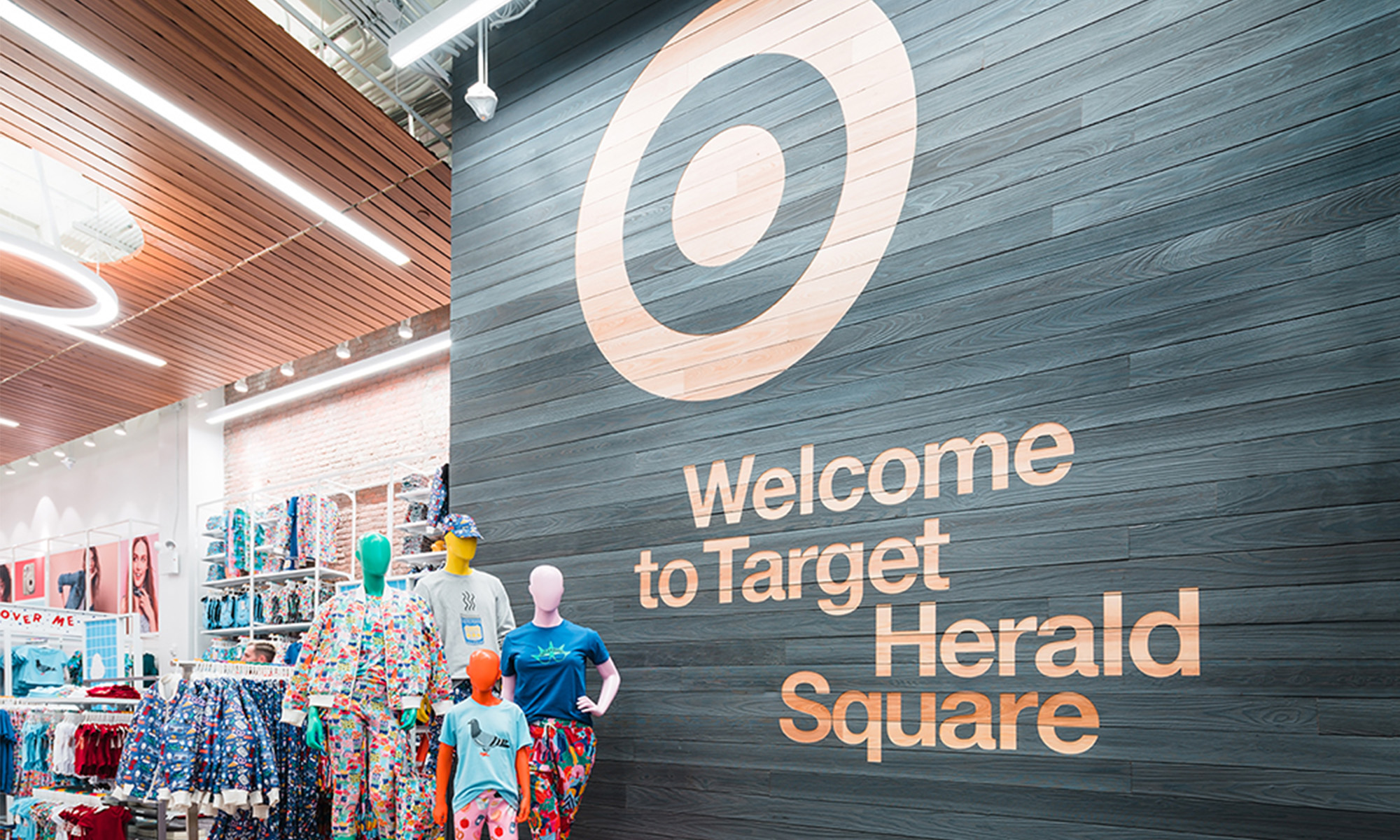The S&P 500 has been hitting all-time highs recently, but Target (TGT +0.74%) is one stock that hasn't been a part of making that happen. The retailer has been in a slump for years already. It was on top of the world just four years ago, but the stock is down 65% from those highs, even as its competitors are thriving.
Can Target make a comeback? Let's see why it's struggling and where it could be in three years.

Image source: Target.
Cheap, chic, and out of favor
Various factors have come together to bring Target to the predicament it's in today. It doesn't have the same focus on groceries like competitors Walmart and Costco Wholesale, both of which have been performing well. That's a crucial disadvantage in a high-inflation environment, where shoppers are focused on essentials purchases.
Target's sweet spot has always been the discretionary products, like clothing and housewares, that make it a fun place to get bargains.

NYSE: TGT
Key Data Points
Target has dealt with supply chain issues, overstocking, markdowns, increased costs, and now tariffs. It's also been involved with political messaging that has angered constituents on both sides of the aisle at different times. No wonder the retailer is having a hard time.
While there have been small wins along the way and glimpses of a great business throughout the journey, the overall arc has been pressured. In the 2025 fiscal second quarter (ended Aug. 2), comparable-store sales (comps) fell 1.9%, and operating income fell more than 19%.
However, the company made progress in key areas. Here are some highlights:
- Same-day delivery increased 25% year over year.
- Store comps increased more than 2 percentage points from the first quarter.
- Digital comps were up 4.3% from last year.
Can it impress investors?
Management is pulling many levers across the enterprise to become more efficient and generate higher sales. It's investing in artificial intelligence (AI) applications to make the business run faster and smoother, restructuring teams and roles, and expanding its stores. Incoming CEO Michael Fiddelke followed that up with the announcement of 1,800 job cuts in his first memo to employees.
It's also introducing an initiative called Fun 101, to bring its Target-specific style to more segments, including food and beverage. The company clearly has a great digital business, and it's leaning into improved technology to take that up a notch.
Value trap or bargain buy?
The market was decidedly unimpressed with Target's second-quarter results and management's plan of action. It also hasn't embraced Fiddelke, who is a 20-year Target veteran, as the CEO choice, looking for a fresh perspective.
That said, there are some hopeful signs. The digital business continues to grow well, and external headwinds are certainly a part of the problem here. If those change, Target will be in much better shape. So part of where it ends up in three years is going to be dependent on the external environment.
A new and untested CEO also makes it more challenging to determine where the company is going to be in three years. If things go the way Fiddelke says they will, the company will start to improve from the time he takes over. In three years, it could be in strong growth mode again if that happens.
All of management's goals are still just that. Investors can only take them at face value until the company actually achieves its goals to get back to growth and boost profitability.
Target also pays a fabulous dividend. It's in the elite cadre of Dividend Kings and has raised its dividend annually for 54 years straight. That's an amazing track record, and it's committed to the payout despite its current woes, making it a dividend stock income investors can like.
The most you can count on in three years is that the company is likely going to be raising its dividend. It yields 4.9% today, so Target has the trifecta of a high yield, growth, and reliability.





